Archaeology in Baunei
The first tracks of settlement of humans in the Baunei area were found close to Cala Luna, in a cave called “Su Marinaiu” ( the sailor), south of the beach.
The archeological finds consist in rests of obsidian and some pottery bowls date back to the Eneolithic (a period of transition between the stone age and the bronze age, characterized from the use of the copper).
The most relevant archaeological finds date back to nuragic civilization and consist in tens of Nuraghi, placed in the Plateau of Margine , (“Sollùli”, “Pedru Saccu”, “Lovette Cannas”), and in Golgo Plateau (“Coa ’e Serra”, “Orgodùri”, “Genna Sarmentu”).
Exactly in the plateau of Golgo, were found some of the most famous Bronzetti, small bronze statues, like the“navicella con protome bovina” and the “lampada con figura di scimmia e manico a protome bovina”, both exposed at the Archeological museum of Cagliari. Tthe two finds are concrete proof of how in Baunei area was habit to melt the metals, fact facilitate from the presence of small mines, like the one of “Genna ’e Arràmene”, (door of the copper, literally, where the word genna in Sardinian language means always a passage, a crossing place).
Some of the Bronzetti found in Baunei area in the 700, gathered and preserved from the priest Don Pedro Josef Marcello, were given to the viceroy Carlo Felice, at the beginning of 800.
In addition to the important archeological finds, the Golgo plateau is known for the chasm of Su Sterru, a karstic chasm, one of deepest single-span chasms in Europe (-270m), explored for the first time in 1957 .
Regarding the period Phoenician-Punic, in Baunei territory is particularly significative the presence of a hydronym: the word “Mussa”, (small source of water), etymologically to connect to the punic word “Mittsa” (source of water). The word is present for example in the hinterland, not far from the nuraghe co’e serra, in the Funtana sa Mussa. A word of phoenician origin is a word still used in Baunei and in all the south Sardinia, and it is “Tsippiri” , rosemary, from the punic “zibbir”.
Regarding the roman period , which traditionally starts around 238 b.C in Sardinia, we have no proof of stable settlements in the Baunei area. It seems that the oriental coastal road built in that period only crossed Urzulei and Triei, slightly intersecting the territory of Baunei inwards the Golgo Plateau.
After the Roman Empire’s downfall, at the end of the V century, Sardinia had been occupied by the Vandals, up to the first half of the following century,when the island became a province of the Byzantine Empire (until the X-XI century). In the middle of the XI century, following the decline of the Byzantine authority in Sardinia, can be traced back to the birth of 4 separate state entities, called “Giudicati” (Judgedoms, independent kingdoms ruled by Judges). The “Giudicati” of Cagliari, Arborea, Torres and Gallura characterized the sardinian history for about three centuries. The four Judicates were divided into several administrative units called “curatorie” and if we consider reliable the theory about Baunei existing already in the XI century,than the town and its territory during that period were necessarily part of the “curatoria d’Ogliastra” of the Giudicato of Cagliari.
The panoramic position of the mountain village, overlooking the valley below, makes quite plausible the traditional claim of the town being founded around the 1000 AC by a goat herder who found shelter on these mountains to escape malaria and the devastating consequences of the only known attempt of arabique invasion in Sardinia. The invasion was attempted between 1015 and 1016 under the lead of Mugahid al Amiri (known as Museto) Prince of Deina (coastal city at North of Alicante, in the Iberian Peninsula, at the time under arabique domain).
.

